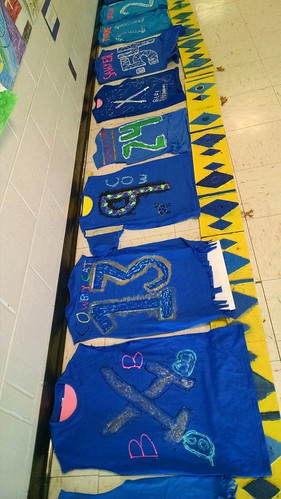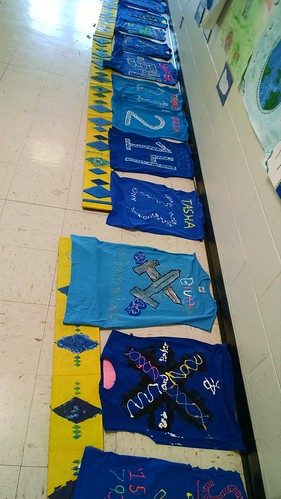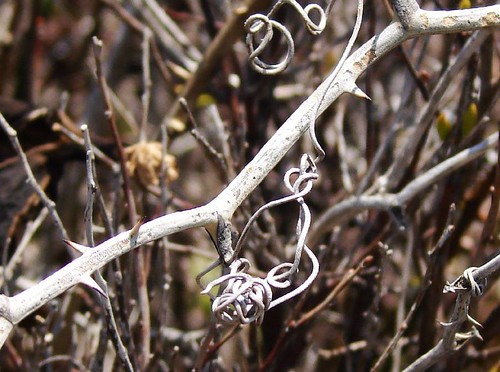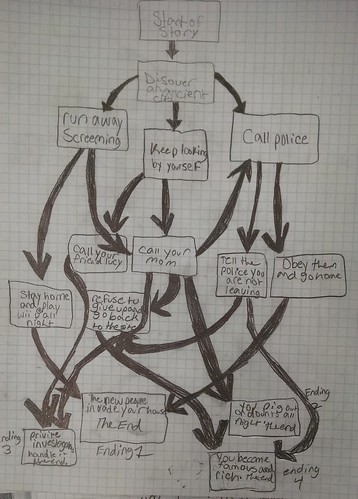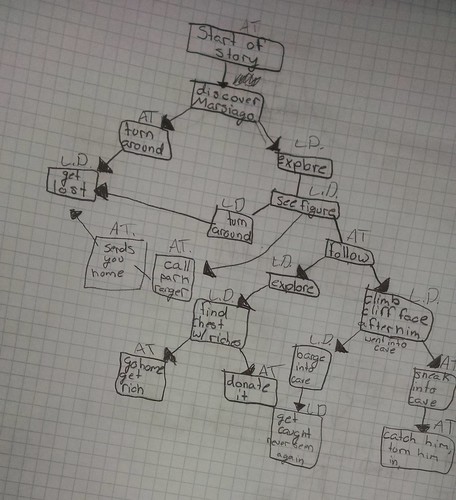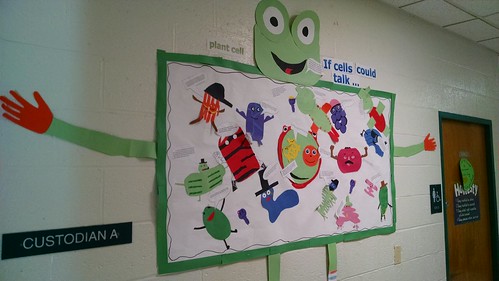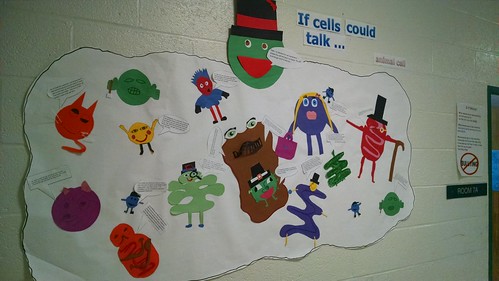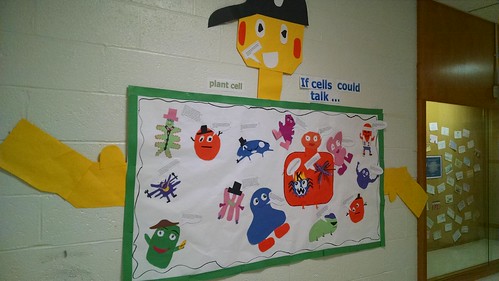 (This is for the Slice of Life challenge, hosted by Two Writing Teachers. We write all through March, every day, about the small moments in the larger perspective … or is that the larger perspective in the smaller moments? You write, too.)
(This is for the Slice of Life challenge, hosted by Two Writing Teachers. We write all through March, every day, about the small moments in the larger perspective … or is that the larger perspective in the smaller moments? You write, too.)
Regular readers here (Thank you) will know that our school plays our version of the game of Quidditch, and we have a Quidditch Tournament Day every year in which all four sixth grade classes compete for a full day. It’s very fun and very crazy, and it’s a unique experience for our students. They may someday play Quidditch in college, but the college way is not our way, not by a long shot (and we think our rules and our game is much better than what is played on the college club circuit).
Quidditch comes early this year because of shifts in the standardized testing season, and with the tournament coming during the school day on March 30 (and at night, we teachers play the kids — our team name is Pink Fury), there is a lot to do with creating posters and, as they were doing yesterday, making t-shirts to wear on Tournament Day.
My class came up with the team name of Blue Barbarians, which is not a name our class (with main color, blue) has had before. We’re often a cold or ice name.
We made this video a few years ago to show other schools how we play our game. We’re OK if others “borrow” the rules and adapt for their own situations.
Given that our Quidditch season at school coincides with Slice of Life here at the blog, you can probably expect more updates through the month. We connect writing, art, and physical education. We work on teamwork and collaboration as a class community, and we talk about winning and losing and other social skills, and more … all connected to the notion of Literature in Motion that drives our Quidditch season.
Peace (in snitches and quaffles),
Kevin
